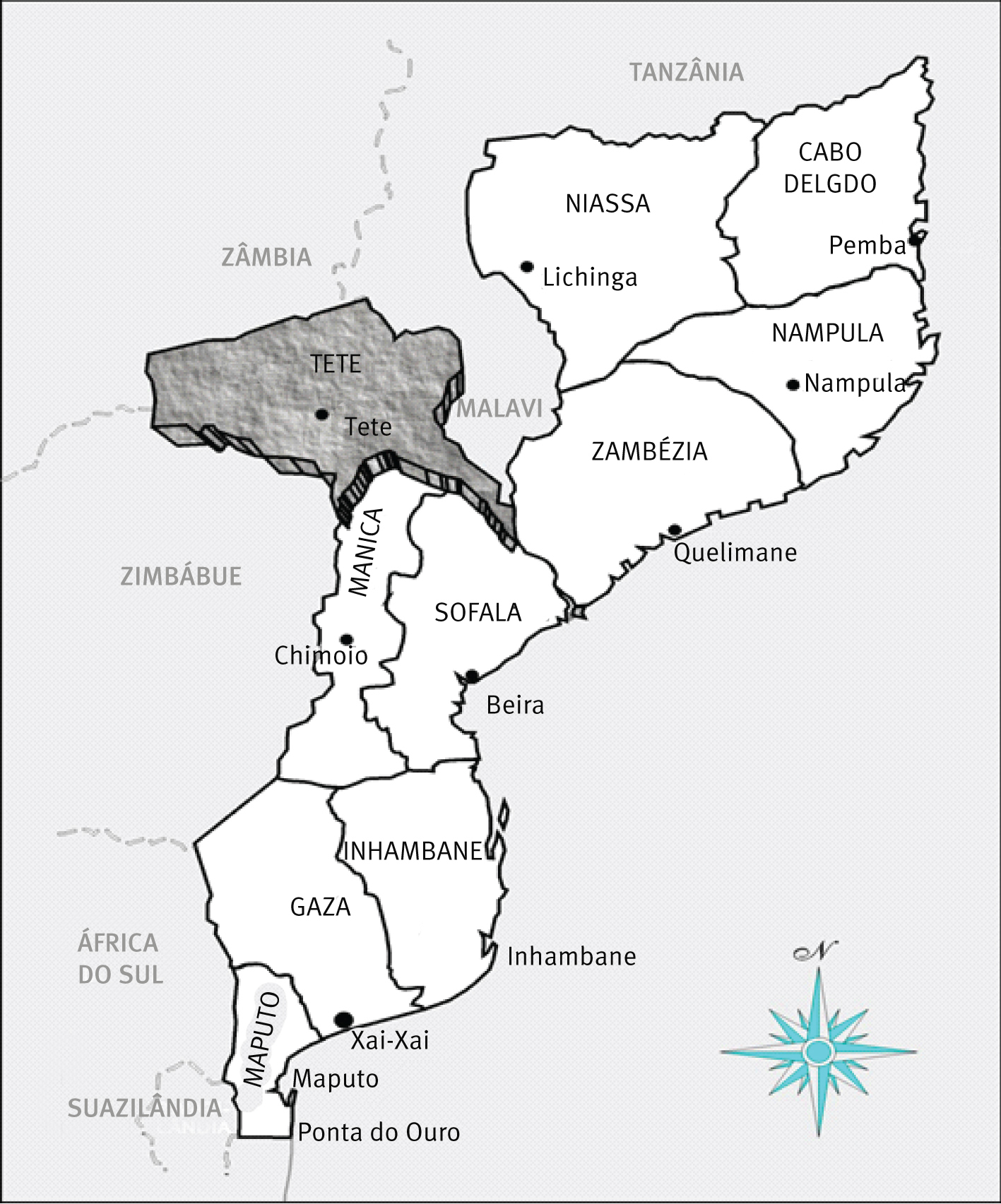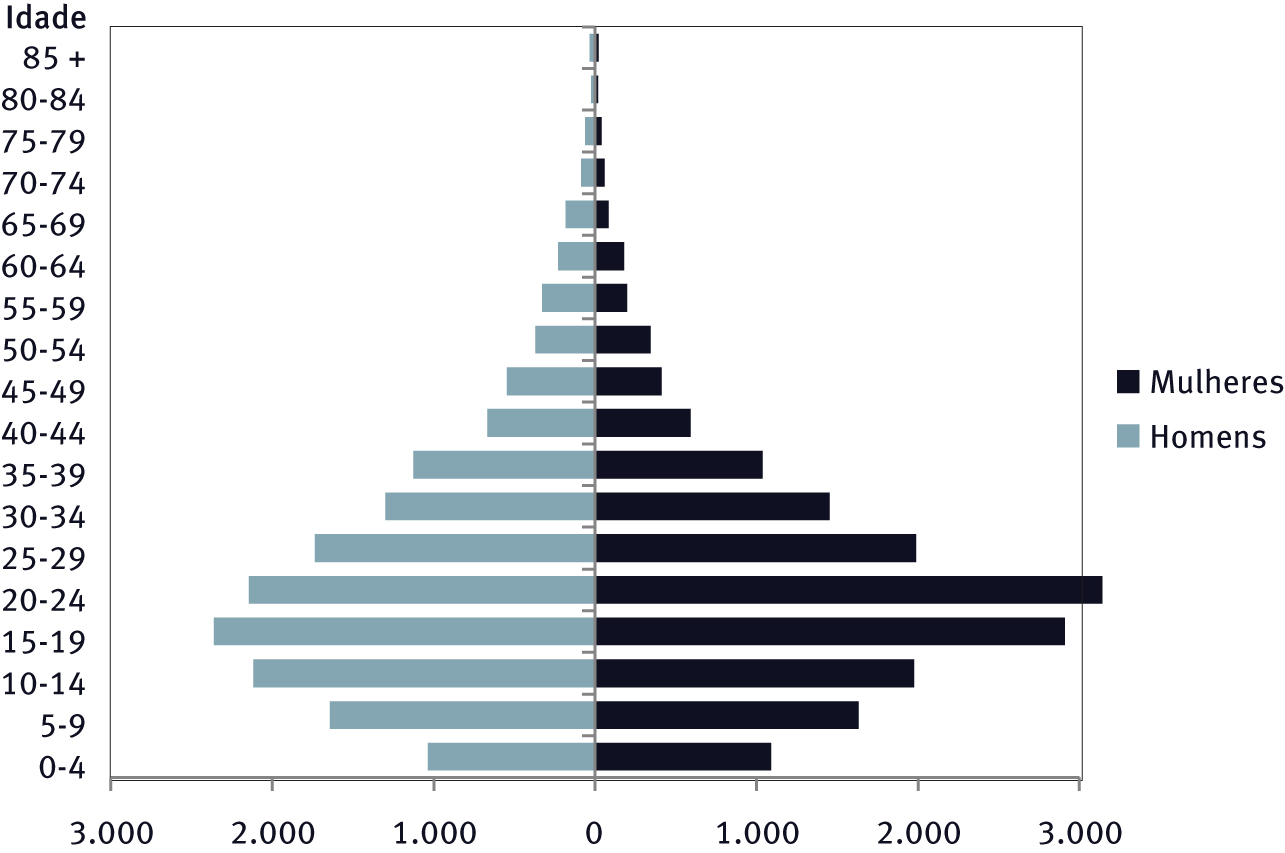Abstract
This article analyses the dynamics of international South-South migration through the case study of the recent immigration of Zimbabweans to the province of Tete, Mozambique, historically a region of emigration. We examine immigrants’ socio-demographic characteristics, as well as the individual, family and structural conditions and motivations underlying this new migration flow. The analysis combines quantitative data from the 2007 Mozambican Census and administrative records for immigrant workers from the Provincial Directorate of Labour, Employment and Social Security, with semi-structured interviews with Zimbabwean immigrants in Tete. The results indicate a multiplicity of factors that contributed to the recent wave of immigration in Tete. In addition to economic and subsistence motivations, social and cultural aspects related to the long tradition of intra-regional mobility in Southern Africa, facilitated by relatively porous borders and strong cultural, linguistic and kinship ties, seem to be important. We also discussed how the installation of mining megaprojects with Brazilian capital in Tete, contributed to its appeal as a migrant destination, in a context in which violent waves of xenophobia against immigrants were occurring in South Africa, the main destination for migrants in the region.
Key words
South-south migration; Immigration; Mozambique; Zimbabwe; Megaprojects

 Thumbnail
Thumbnail
 Thumbnail
Thumbnail
 Thumbnail
Thumbnail
 Fonte: Instituto Nacional de Estatística (
Fonte: Instituto Nacional de Estatística ( Fonte: Censo 2007, INE-Moçambique. Elaboração dos autores.
Fonte: Censo 2007, INE-Moçambique. Elaboração dos autores.
 Fonte: Censo 2007, INE-Moçambique. Elaboração dos autores.
Fonte: Censo 2007, INE-Moçambique. Elaboração dos autores.